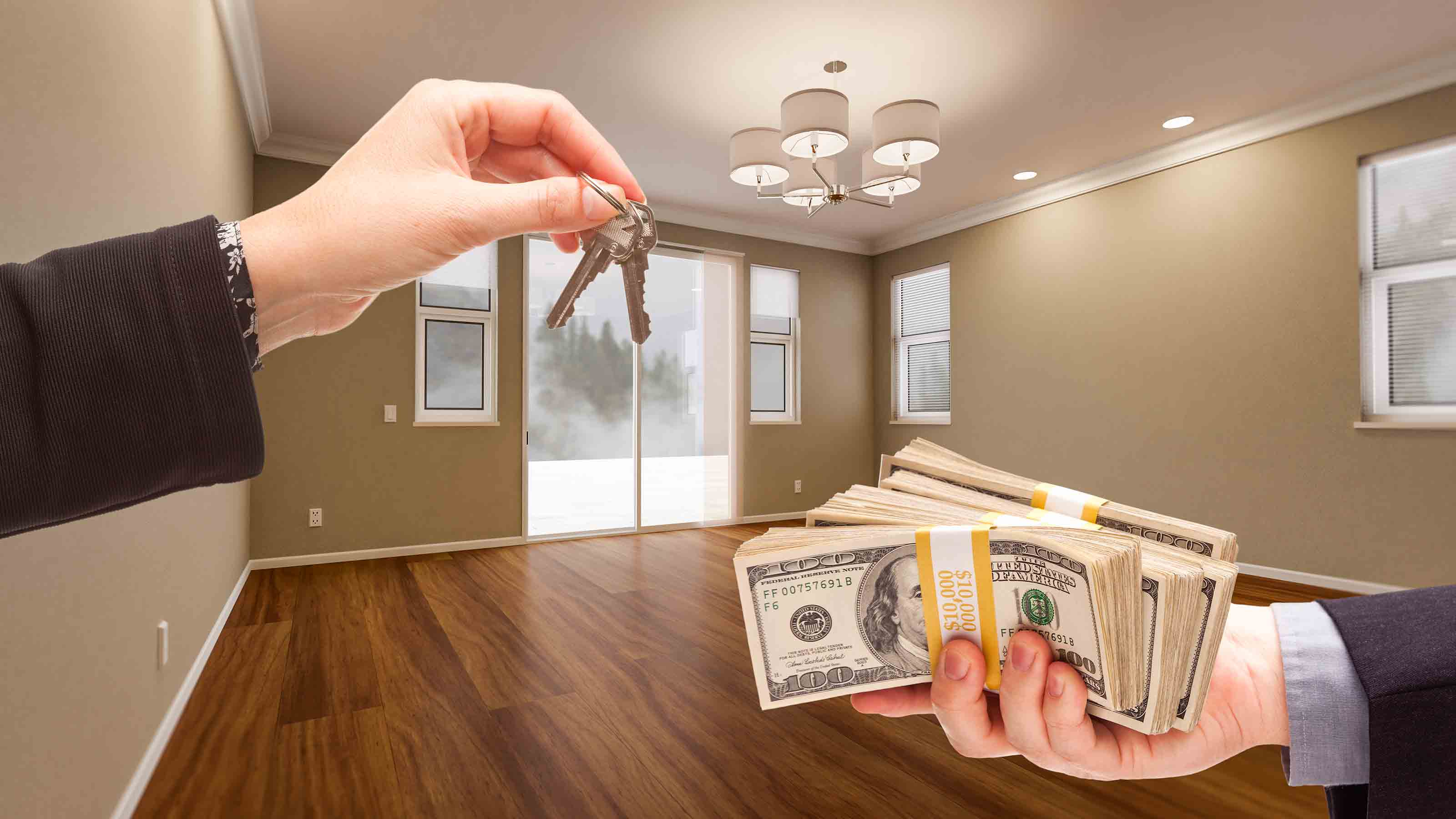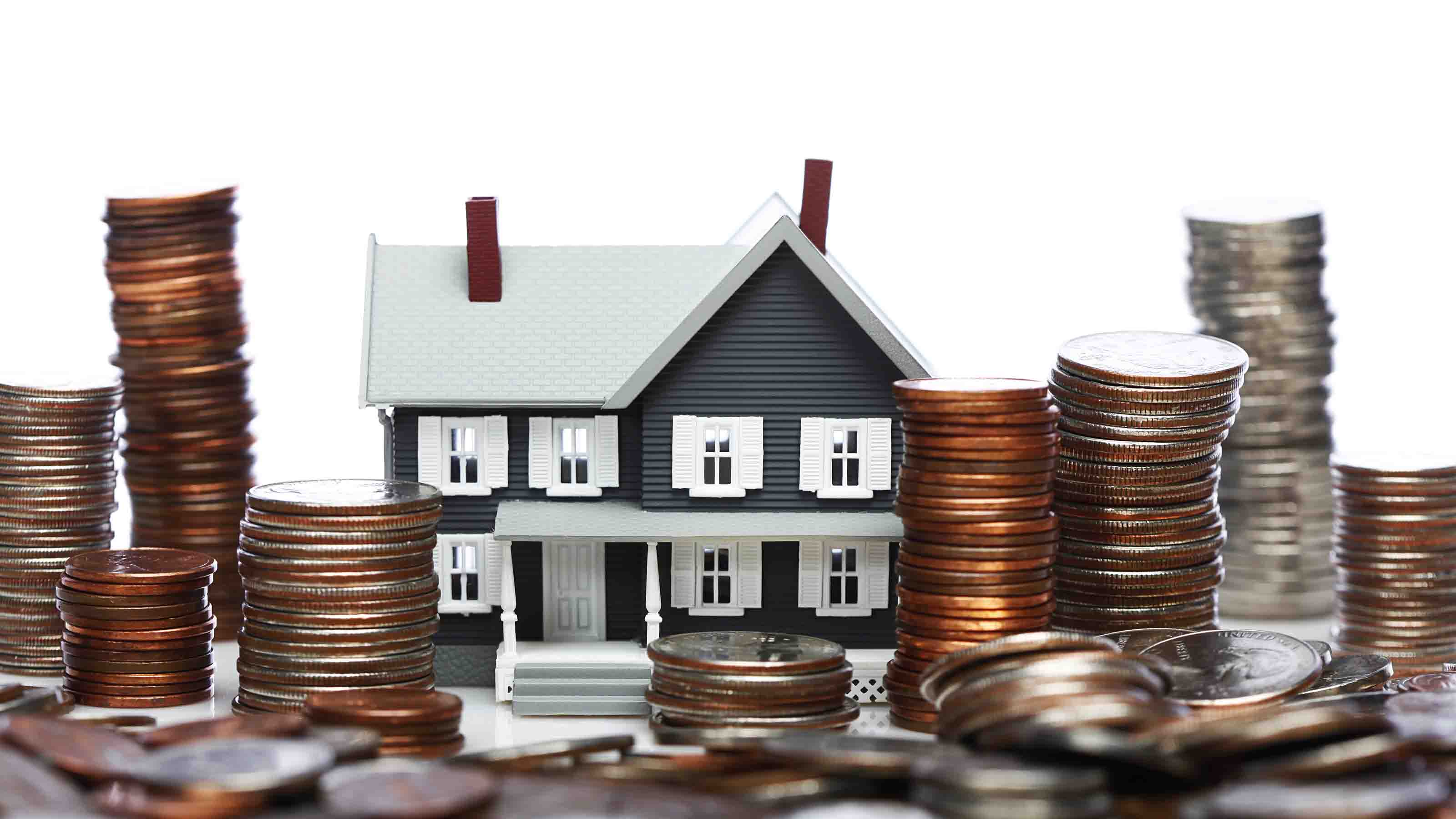Great Deals in Golf-Course Communities
The previously booming golf-community movement is on hold, meaning deep discounts on sweet properties.
GO TO THE SLIDE SHOW: Bargain Homes on the Fairway
If you've dreamed of owning a home with a fairway for a backyard, start shopping. The real estate bubble's burst has brought golf-course-community development to a screeching halt, and many properties on the greens now sell at bargain prices. For example, a two-story, three-bedroom home in the Berkshire Forest golf-course community in Myrtle Beach, S.C., sold for about $250,000 in 2006. Today, it sits on the market with a $175,000 price tag.
Where to Tee Off
Shopping for these homes can be tricky -- we'll discuss good strategies later. But you'll have plenty of properties to choose from. The U.S. has about 3,200 golf-course communities, 1,900 of which have been built since 1990, according to the National Golf Foundation. And about 70% of golf courses currently under construction have a residential component.
From just $107.88 $24.99 for Kiplinger Personal Finance
Become a smarter, better informed investor. Subscribe from just $107.88 $24.99, plus get up to 4 Special Issues

Sign up for Kiplinger’s Free Newsletters
Profit and prosper with the best of expert advice on investing, taxes, retirement, personal finance and more - straight to your e-mail.
Profit and prosper with the best of expert advice - straight to your e-mail.
| Row 0 - Cell 0 | SLIDE SHOW: Bargain Homes on the Fairway |
| Row 1 - Cell 0 | Make More Money From Your Vacation Home |
| Row 2 - Cell 0 | 2009 Home Guide |
While most of the communities are concentrated in the southern Atlantic states and in Texas, California and Arizona -- where the weather makes golf a year-round sport -- development has spread to cooler states, from Colorado to Massachusetts. Says Elisabeth Miller-Fox, of PrivateCommunities.com: "They're everywhere. We have listings in South Dakota."
Given that golf-course homes are usually second homes, the category has been particularly hard-hit by the rough real estate and stock markets. Experts say home sales in such communities have dipped 40% from a year ago. WCI Communities, for example, has put the brakes on construction on its more than 30 Florida communities and is focusing on selling its 650 vacant properties.
Myrtle Beach real estate agent Jeff Casterline says golf-course homes in his area have dropped anywhere from 20% to 40% in price since 2005. This past winter, Casterline sold a home in the Grand Dunes community, appraised at $2.1 million in 2005, for $1.35 million.
Life Beyond the Golf Course
Golf-course communities have evolved beyond a course lined with houses. Many communities are focusing more on health, educational and social activities. Spas, hiking and biking trails, and high-end restaurants have joined the standard swimming pool and tennis courts.
The emphasis on pampering has morphed into wellness amenities, says Ralph Bowden, a real estate consultant who focuses on master-planned communities. The Cliffs, a set of eight master-planned communities spanning 20,000 acres of South Carolina's Blue Ridge Mountains, offers "lifestyle programs," which include personal fitness plans and diet analysis. The Cliffs each offer residents a spa, several wellness centers staffed by personal trainers, an organic garden -- and six golf courses. Prices range from $450,000 for a 2,600-square-foot four-bedroom home to about $5 million for a 10,000 sq. ft. five-bedroom home.
Developers now offer "intellectual wellness" programs too, such as lifelong-learning centers for retirees. Residents of On Top of the World Communities, in Ocala, Fla., which has four age-restricted neighborhoods for those 55 and older, can take classes on health and wellness, computers and other academic subjects. And at The Georgia Club, outside Athens, Ga., residents 62 and older can take advantage of free classes offered by the neighboring University of Georgia.
Miller-Fox of PrivateCommunities.com says developers have become modern-day town planners, creating green space and building commercial town centers. "That's become the most attractive part of this type of development."
One such community, the Pinehills, encompasses 3,200 acres of hilly land in Plymouth, Mass., about 40 miles from Boston. The property, which opened in 2001, is home to three golf courses. But golf isn't the major component, says managing partner Tony Green. There's an on-site post office, as well as a supermarket, bank, cafe, flower shop, barber, and wine and spirit shop. Development is limited to just 30% of the land, with the rest reserved for open space for common use, such as the ten miles of hiking trails. Only 30% of buyers play golf, Green says.
Even some of these more-lavish communities have seen a steep dip in home values. At PGA Village, in Port St. Lucie, Fla., a four-bedroom, eight-car-garage home, first listed to sell for $1.7 million in late 2006, finally sold in October 2008 for $890,000.
[page break]
Vetting the Bargains
But the real estate market is so shaky that you should proceed with caution. Be sure a community isn't offering a great deal just because it's at risk of going belly up. For example, Diablo Grande Winery & Resort, in Patterson, Cal., closed its two golf courses and filed for bankruptcy in March 2008. Homeowners there were left wondering if their membership dues and the amenities they paid for would be lost forever. The courses finally reopened in March of this year.
Knowing how these communities are typically developed will help you make better choices. Developers generally build the courses, some homes and a few amenities, such as clubhouses, and then turn over the community to a homeowners association. Even in good times, warns James Sullivan, publisher of online magazine Golf Homes Today, a developer may overpromise and then underdeliver on amenities. Or, he says, a developer may fund amenities that won't be supported by members after the homeowners association takes over.
| Row 0 - Cell 0 | SLIDE SHOW: Bargain Homes on the Fairway |
| Row 1 - Cell 0 | Make More Money From Your Vacation Home |
| Row 2 - Cell 0 | 2009 Home Guide |
Sullivan says that especially these days, "I'd be worried about a place where the developer still owns it and has a lot of unsold lots." Bankruptcy, or at least a rollback of amenities, could be in the cards, he says. "Even though you may get a discount price, you may not get what's promised down the road."
To protect yourself, make sure the developer has a proven track record. If this is the company's first community, chances are it's a risky investment. Next, hire a local real estate attorney who knows the developer and the community. "Tell the lawyer you're interested in buying a home and want to know if there's any reason you shouldn't," says Bowden.
Take precautions with the homeowners association as well. Check that it's managed and audited by an experienced management company.
And be sure you're clear on the membership structure of the community. If you buy into a "bundled" golf community, all member privileges come with your home's title. Though you won't have to pay an initiation fee, in most cases you'll still have to shell out annual dues. And because everyone is a club member, tee times might be hard to come by.
That's not a problem as much at "equity clubs," where memberships are usually limited to about 375 people per 18 holes. The trade-off is a hefty initiation fee and higher dues.
Don't be discouraged if a golf-course community you're interested in hasn't slashed home prices. Some now offer membership incentives or financing deals that could make buying worth your while. For example, buy a home in Pelican Preserve, in Fort Myers, Fla., and you won't pay golf-course dues for three years. A home purchase at Old Palm, in Palm Beach Gardens, Fla., will get you a free golf-club membership-a savings of $275,000.
Profit and prosper with the best of Kiplinger's advice on investing, taxes, retirement, personal finance and much more. Delivered daily. Enter your email in the box and click Sign Me Up.
-
 5 Investment Opportunities in 2026
5 Investment Opportunities in 2026As investors game-plan for the year ahead, these five areas of the equity markets deserve their attention.
-
 How Verizon’s Free Phone Deals Work
How Verizon’s Free Phone Deals WorkWhat shoppers need to know about eligibility, bill credits and plan costs.
-
 Does Your Car Insurer Need to Know All Your Kids? Michigan Cases Raise Question
Does Your Car Insurer Need to Know All Your Kids? Michigan Cases Raise QuestionWho you list on your policy matters more than most drivers realize, especially when it comes to who lives in your home.
-
 How to Search For Foreclosures Near You: Best Websites for Listings
How to Search For Foreclosures Near You: Best Websites for ListingsMaking Your Money Last Searching for a foreclosed home? These top-rated foreclosure websites — including free, paid and government options — can help you find listings near you.
-
 Luxury Home Prices Rise as the Rich Dodge High Mortgage Rates
Luxury Home Prices Rise as the Rich Dodge High Mortgage RatesLuxury home prices rose 9% to the highest third-quarter level on record, Redfin reports, growing nearly three times faster than non-luxury prices.
-
 Four Tips for Renting Out Your Home on Airbnb
Four Tips for Renting Out Your Home on Airbnbreal estate Here's what you should know before listing your home on Airbnb.
-
 5 Ways to Shop for a Low Mortgage Rate
5 Ways to Shop for a Low Mortgage RateBecoming a Homeowner Mortgage rates are high this year, but you can still find an affordable loan with these tips.
-
 Looking to Relocate? Plan for Climate Change
Looking to Relocate? Plan for Climate Changebuying a home Extreme weather events are on the rise. If you’re moving, make sure your new home is protected from climate change disasters.
-
 Retirees, A Healthy Condo Has a Flush Reserve Fund
Retirees, A Healthy Condo Has a Flush Reserve FundSmart Buying Reserve funds for a third of homeowner and condo associations have insufficient cash, experts say. Here are some cautionary steps you should take.
-
 Cash Home Buyers: New Services Offer Help Making All-Cash Offers
Cash Home Buyers: New Services Offer Help Making All-Cash OffersBecoming a Homeowner Some firms help home buyers make all-cash offers on homes. Weigh the fees before you sign on.
-
 Home Sale Prices in the 50 Largest Metro Areas
Home Sale Prices in the 50 Largest Metro AreasBecoming a Homeowner What’s happening in the market where you live?